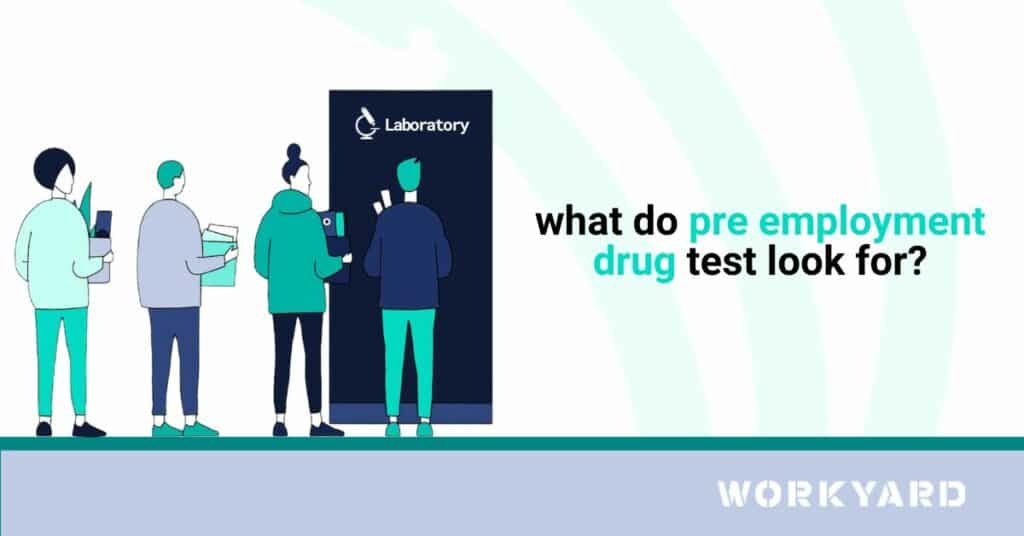Pre employment drug tests are a standard part of the hiring process for many organizations, designed to ensure a safe and drug-free workplace. Understanding what these tests look for is crucial for job seekers and employees alike as they navigate the hiring landscape.
Drug tests typically screen for a range of commonly abused substances. The standard panel includes marijuana (THC), cocaine, amphetamines, opioids, and phencyclidine (PCP). These substances are targeted due to their prevalence and potential impact on workplace safety.
- Marijuana (THC): THC, the psychoactive compound in marijuana, is a frequent focus of drug tests. While the legalization of marijuana for medicinal and recreational purposes has evolved in various regions, employers often maintain policies prohibiting its use, especially in safety-sensitive positions.
- Cocaine: Cocaine, a stimulant drug, is another substance routinely screened in pre-employment drug tests. Its use can affect cognitive function, alertness, and decision-making, making it a concern for employers aiming to maintain a safe and productive work environment.
- Amphetamines: Amphetamines, including drugs like methamphetamine and ecstasy, are substances that enhance alertness and energy. Testing for amphetamines helps identify potential risks associated with impaired judgment, focus, and coordination.
- Opioids: Opioids, both prescription and illicit, are a significant focus due to their potential for addiction and impairment. The opioid epidemic has underscored the importance of identifying opioid use to address workplace safety concerns.
- Phencyclidine (PCP): PCP, commonly known as angel dust, is a hallucinogenic drug that can cause disorientation and erratic behavior. Its inclusion in drug testing panels reflects the potential impact on an individual’s mental state and workplace conduct.
Pre employment drug tests are commonly conducted using urine samples, although other methods like hair follicle testing and oral fluid testing are also employed. Urine tests are preferred for their non-invasiveness and ability to detect recent drug use.

